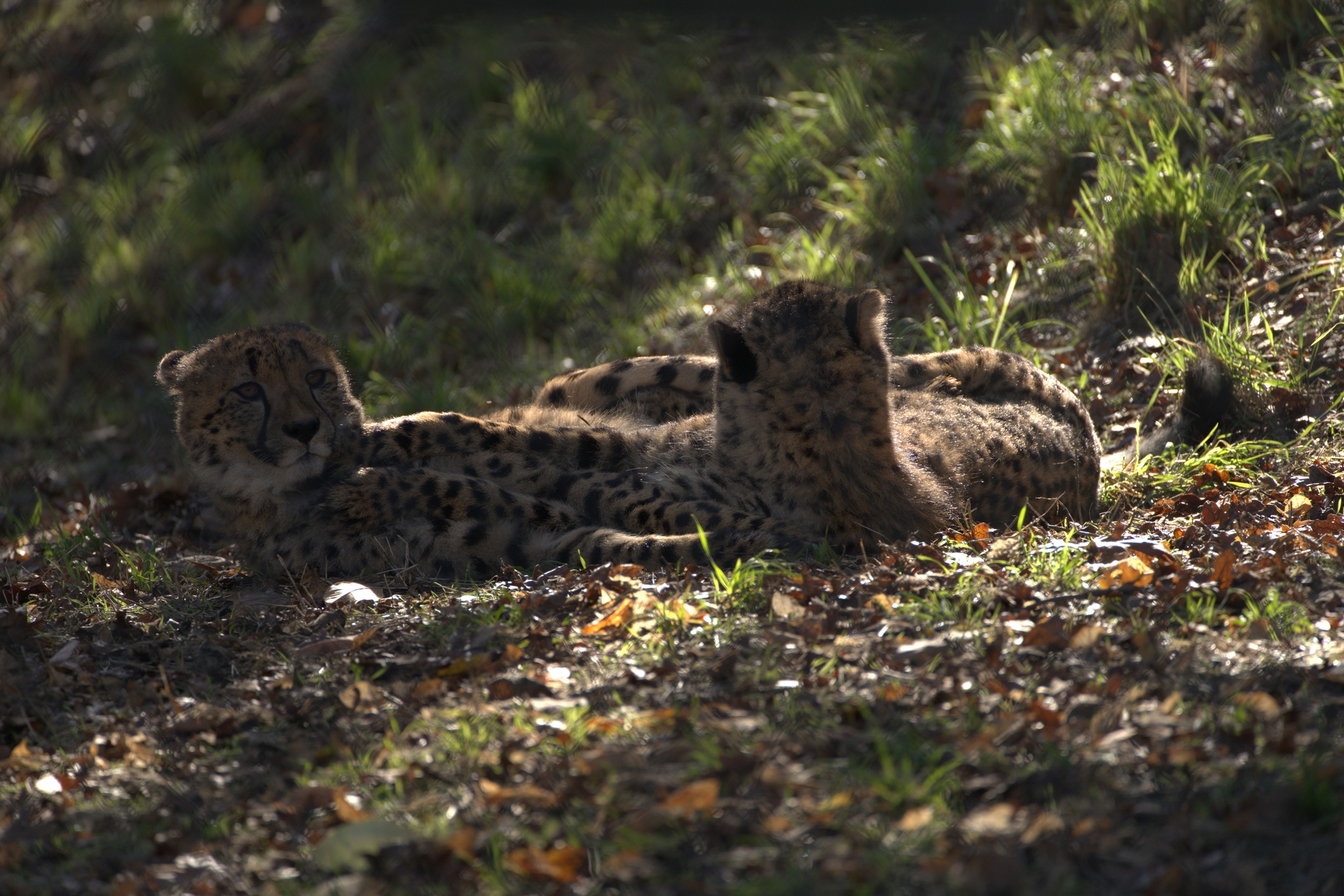- Importance of Rest in Cheetah Behavior and Physiology
- Social Bonds and Interactions During Rest Time
- Habitat Conservation and Challenges Faced by Cheetahs
- Role of Zoos in Cheetah Conservation and Public Education
- Insights into Cheetah Care Management and Welfare in Captivity
Cheetahs, renowned as the fastest land animals, reach speeds up to 60-70 mph. To sustain these bursts of velocity, rest and recuperation are critical for their overall health and performance. Cheetahs exhibit a polyphasic sleep pattern, engaging in multiple short periods of rest throughout the day, especially after a burst of speed. This need for recuperation is not just a reaction to physical exertion. It plays a crucial role in maintaining their metabolic efficiency and ensuring their continued survival in the wild. Like many felids, cheetahs conserve energy by resting during the hottest parts of the day, thus optimizing their energy expenditure.
When cheetahs rest, it is not merely a solitary activity. Often seen nestled with companions, this period of repose is vital for social interaction and bonding. Cheetahs rely on these interactions to maintain the social dynamics within their group, known as a coalition. These close-knit groups, usually composed of males from the same litter, provide the dual benefits of companionship and protection. During these tranquil times, cheetahs engage in grooming and playful behavior, further strengthening their bonds and minimizing stress.
The cheetah’s habitat, primarily savannas and grasslands in Africa, presents both advantages and challenges. These animals require vast expanses of territory to thrive, potentially covering hundreds of square miles. Unfortunately, habitat encroachment due to agriculture and urbanization, alongside poaching, poses significant threats to their populations. As cheetahs are hindered by territory fragmentation, conservation efforts must focus on the preservation and restoration of their natural environments to support sustainable populations.
Zoos play a pivotal role in cheetah conservation. By participating in breeding programs, zoos help maintain genetic diversity, crucial for the species’ future. These programs not only encourage population growth but enable scientists to study and understand cheetahs better in a controlled environment, providing insights transferable to wild populations. Public education at zoos is also invaluable, raising awareness of cheetah conservation issues and encouraging support for their protection globally.
Captive cheetah care involves intricate management to replicate their natural behaviors as closely as possible. Cheetah care demands a thoughtful balance of diet, exercise, and enrichment to facilitate mental and physical health. Zoos implement various enrichment activities that mimic hunting behaviors, such as lure coursing, ensuring they remain active and engaged. These practices help address welfare concerns and promote natural behaviors, essential for the rehabilitation and potential reintroduction of individuals into the wild.
In summary, while life for a cheetah can be as fast-paced as their legendary sprints, downtime is equally vital. From conserving energy and fostering social connections to addressing challenges arising from habitat loss, each aspect of cheetah life ties intricately to rest and recuperation. Through a combination of conservation efforts and public education, individuals and organizations alike contribute to the protection of these magnificent animals, ensuring their prowess continues to grace the landscapes of our planet.
*****
Source Description
Cheetah chill time! 🐾💤
Our two speedy friends are taking a well-deserved break and enjoying some relaxation together. When you’re as fast as they are, it’s important to recharge! 🐆💖
These two are the perfect pair, snuggled up and soaking up the calm moments as this year is getting ready to come to a close.


